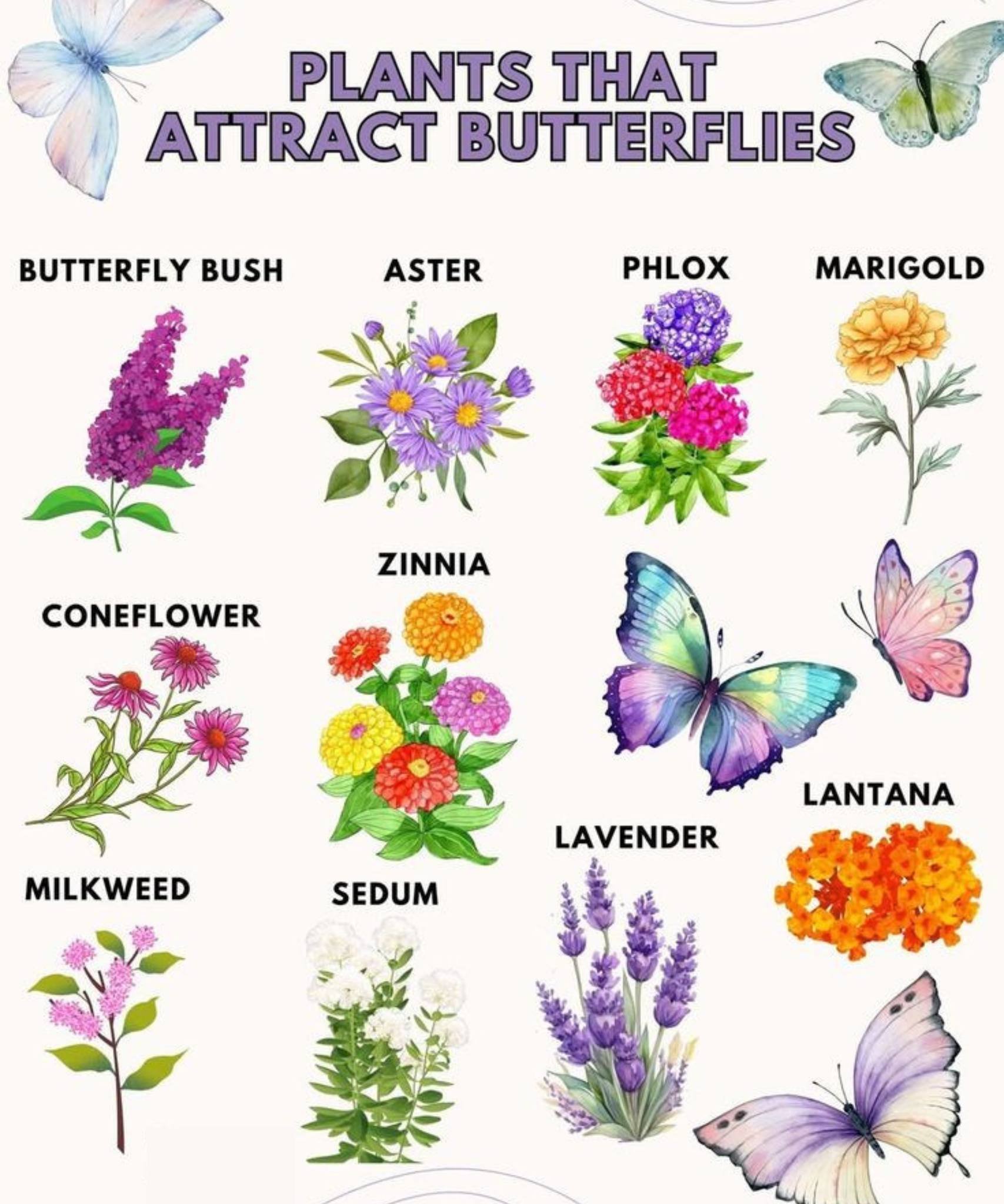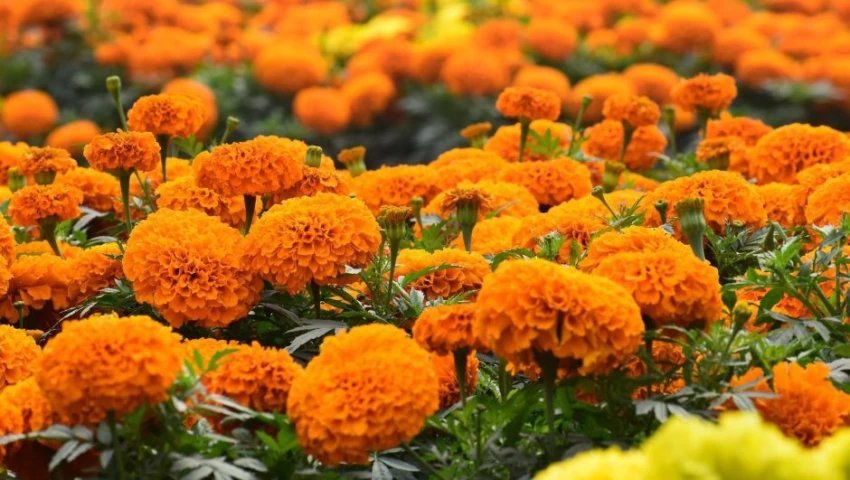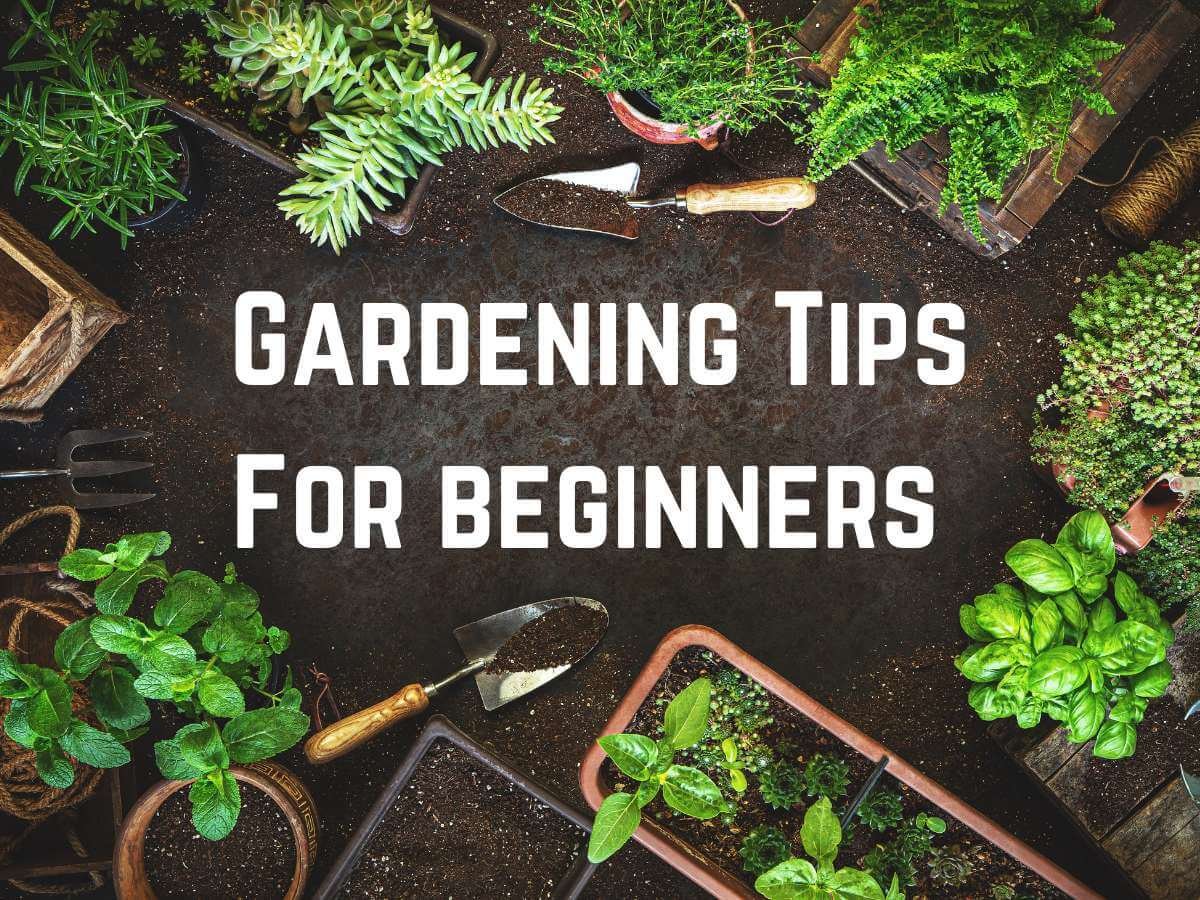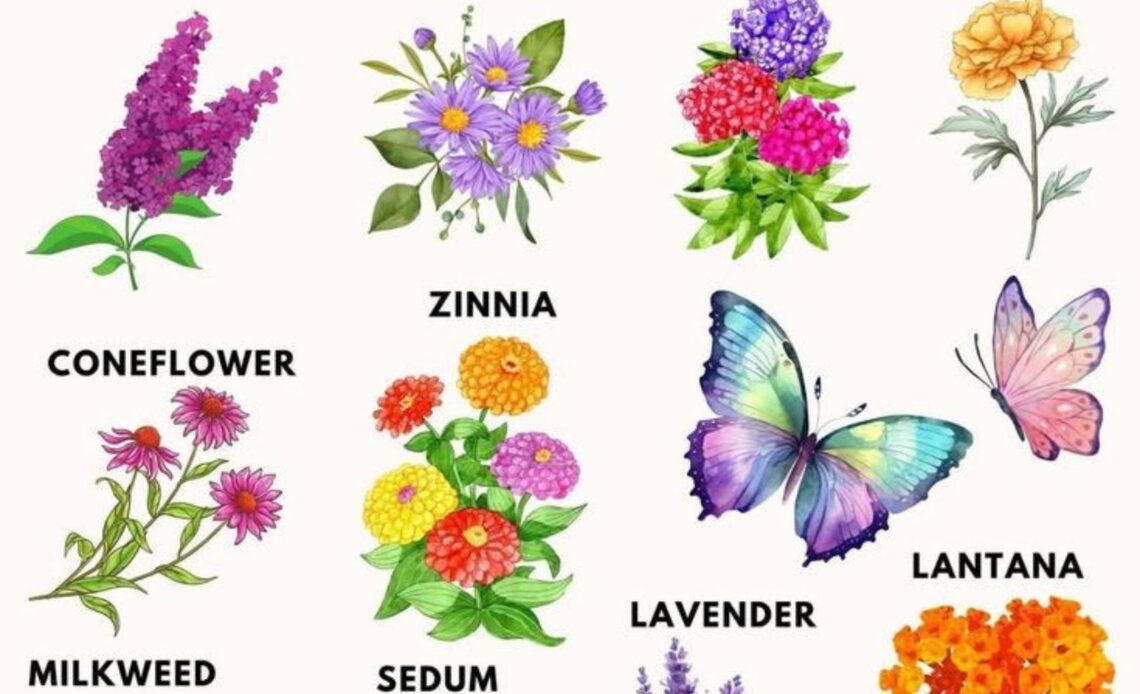Butterflies are among nature’s most beautiful and beneficial creatures. Not only do they add elegance to any outdoor space, but they also play a crucial role in pollination, helping plants reproduce and ensuring a healthy ecosystem. If you want to attract butterflies to your garden, choosing the right plants is essential. Some flowers and shrubs provide nectar for adult butterflies, while others serve as host plants for caterpillars.
By incorporating butterfly-friendly plants, you can create a vibrant, lively garden that supports these delicate pollinators. Below are 12 of the best plants that will turn your outdoor space into a butterfly paradise.
## 1. Butterfly Bush (Buddleia)

As the name suggests, the butterfly bush is a top choice for attracting butterflies. This fast-growing shrub produces cone-shaped clusters of small, fragrant flowers that are rich in nectar. The blooms come in a variety of colors, including purple, pink, white, and yellow, making it a visually stunning addition to any garden.
Butterfly bushes thrive in full sun and well-drained soil. They are also drought-tolerant, making them easy to maintain. Pruning the bush in early spring encourages new growth and continuous flowering throughout the season.
## 2. Aster
Asters are late-season bloomers, providing an essential nectar source when other flowers begin to fade. These daisy-like perennials come in shades of purple, pink, blue, and white, making them a beautiful and functional addition to butterfly gardens.
Since butterflies need nectar in the late summer and fall, asters play a crucial role in sustaining their populations. Plant them in a sunny location with well-draining soil, and they will reward you with vibrant flowers that attract numerous butterflies.
## 3. Phlox
Phlox is a highly fragrant plant that butterflies love. These flowers come in different varieties, including creeping phlox (ground cover) and garden phlox (tall flowering stalks). Their sweet scent and bright colors, ranging from pink and purple to white and red, make them irresistible to pollinators.
Phlox grows best in well-drained soil and full sunlight, although some varieties tolerate partial shade. Deadheading spent flowers will encourage continuous blooming throughout the season.
## 4. Marigold

Marigolds are known for their ability to repel pests, but they are also excellent for attracting butterflies. Their bright yellow, orange, and red flowers are nectar-rich, providing food for butterflies throughout the growing season.
Marigolds are easy to grow in pots or garden beds, requiring full sun and regular watering. They are a low-maintenance option for gardeners looking to add color and attract pollinators.
## 5. Coneflower (Echinacea)
Echinacea, commonly known as coneflower, is a butterfly favorite. These hardy perennials feature large, daisy-like flowers with raised centers, which serve as a perfect landing pad for butterflies.
Coneflowers bloom from mid-summer to fall and thrive in full sun and well-drained soil. They are also drought-resistant and attract other beneficial insects like bees and hummingbirds.
## 6. Zinnia
Zinnias are one of the easiest flowers to grow and are highly attractive to butterflies. Their bright, long-lasting blooms come in various colors, including red, pink, yellow, orange, and purple.
These fast-growing annuals thrive in warm, sunny conditions and require minimal care. Since they continuously produce new flowers, zinnias provide a steady nectar source for butterflies throughout the summer.
## 7. Milkweed (Asclepias)
Milkweed is essential for Monarch butterflies, as it serves as both a nectar source and a host plant for their caterpillars. Monarchs lay their eggs on milkweed leaves, which later become food for the emerging larvae.
There are several species of milkweed, including common milkweed, swamp milkweed, and butterfly weed. These plants thrive in full sun and well-drained soil, making them a must-have for any butterfly-friendly garden.
## 8. Sedum

Sedum, also known as stonecrop, is a succulent plant that blooms in late summer and fall. Its clusters of tiny flowers provide an essential nectar source for butterflies during the cooler months.
Sedum is easy to grow and requires minimal maintenance. It thrives in poor soil, making it a great choice for rock gardens or dry, sunny areas where other plants may struggle.
## 9. Lavender
Lavender’s fragrant purple blooms attract butterflies while also repelling pests like mosquitoes and aphids. This drought-tolerant plant is an excellent addition to any garden, offering both beauty and functionality.
Lavender grows best in full sun and well-drained soil. Pruning it after flowering will encourage new growth and ensure a continuous supply of nectar for butterflies.
## 10. Lantana
Lantana is a tropical plant known for its clusters of small, multicolored flowers. Its vibrant hues of pink, yellow, red, orange, and purple make it a butterfly magnet.
This heat-loving plant thrives in sunny locations and requires little care once established. Lantana is often used in hanging baskets, garden borders, and containers, adding a splash of color while attracting pollinators.
## 11. Verbena
Verbena produces delicate clusters of tiny flowers that butterflies find irresistible. This plant blooms continuously from spring to fall, ensuring a steady food supply for pollinators.
Verbena grows well in full sun and well-drained soil. It is a great choice for ground cover, hanging baskets, or as an addition to flower beds.
## 12. Sunflower
Sunflowers are not only strikingly beautiful but also highly beneficial for butterflies. Their large, pollen-rich centers provide an abundant food source, while their tall stalks create a natural landing platform for butterflies.
These sun-loving plants are easy to grow from seeds and require minimal care. Plant them in a sunny location with well-draining soil, and they will reward you with bright blooms that attract a variety of pollinators.
## Tips for Creating a Butterfly-Friendly Garden

In addition to planting nectar-rich flowers, here are a few tips to make your garden more welcoming to butterflies:
– **Provide a Water Source** – Butterflies need water to stay hydrated. A shallow dish with wet sand or small stones can serve as a perfect drinking spot.
– **Include Host Plants** – Some butterflies lay their eggs on specific plants. Research which species are native to your area and plant their preferred host plants.
– **Avoid Pesticides** – Chemical pesticides can harm butterflies and other beneficial insects. Use natural pest control methods to keep your garden healthy.
– **Create Sunlit Areas** – Butterflies love basking in the sun. Ensure your garden has sunny spots where they can rest and absorb warmth.
## Conclusion
By incorporating these 12 butterfly-attracting plants into your garden, you can create a colorful, lively outdoor space that supports pollinators and enhances biodiversity. Whether you have a large backyard or a small balcony, these plants will help transform your environment into a thriving butterfly haven.
Start planting today, and enjoy the beauty of butterflies fluttering through your garden all season long
